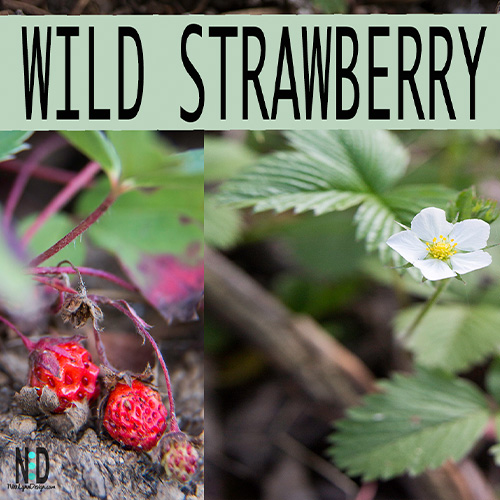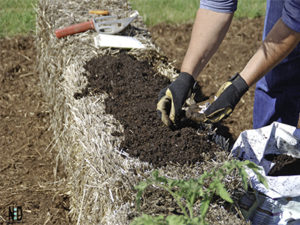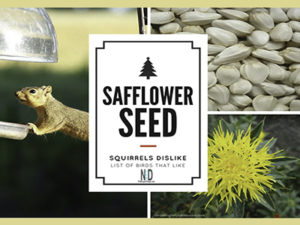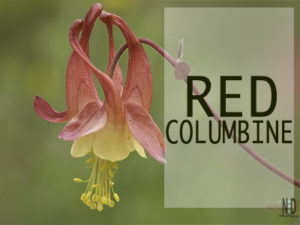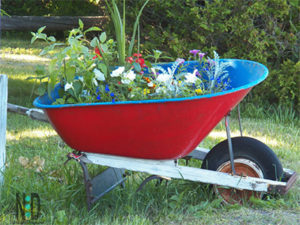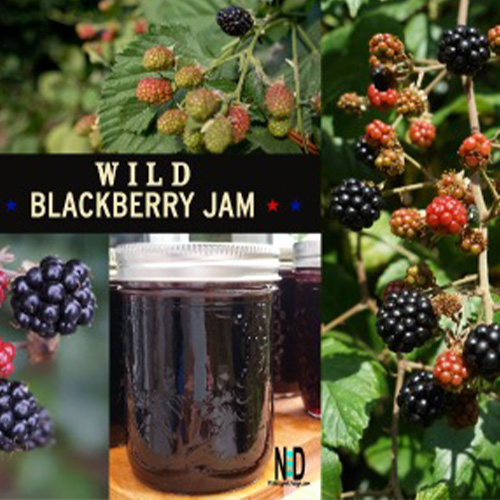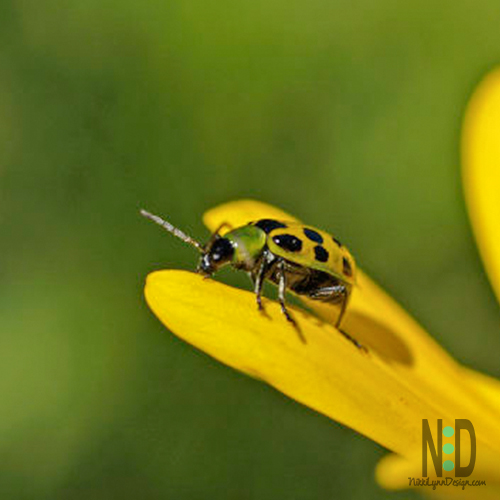The Wild Strawberry is common in open places in woods, on grassy slopes, and in similar situations. It flowers in April and May, and the fruit ripens in June and July.
Wildflowers & Weeds > Foraging / Recipes / Art
A Portrait of A Strawberry
The wild strawberry is a native gem, its life cycle a testament to nature’s knack for renewal. Its reddish brown roots, white at their core, anchor firmly in the earth, sending out long, creeping runners that weave through the soil like nature’s embroidery. These runners sprout fresh leaves and strike new roots, giving rise to daughter plants that carry the legacy forward.
Rising 5-6 inches tall, the plants’ round, hairy stems stand proud, crowned with trifid leaves on long stalks, each leaflet a soft green canvas serrated at the edges. In April and May, the plant bursts into bloom, its white, oval-petaled flowers glowing against a flattened, hairy calyx—a quiet invitation to pollinators.
Come June and July, the magic happens. The flowers give way to tiny, bright red strawberries, glistening like jewels in the summer sun. These wild fruits, far smaller than their cultivated cousins, pack a punch of flavor that many swear surpasses the store-bought varieties. Each bite bursts of sweet-tart juiciness, a fleeting gift from the forest floor.
Quick Facts About Wild Strawberry
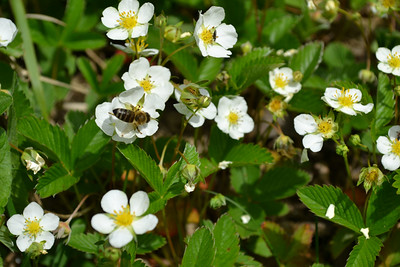
| Genus: | Fragaria vesca |
|---|---|
| Family: | Rosaceae (Rose) |
| Life cycle: | Perennial |
| Origin: | Native |
| Habitat: | Open places in woods, Grassy slopes, Cedar Swamps |
| Bloom season: | Flowers: April, May, June Fruit: June & July |
| Plant height: | 5-6 inches high |
Wild Strawberry Fruit
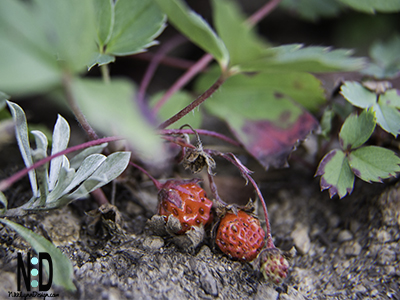
The wild strawberry fruit ripens in June and July and is bright red and very juicy. The fruit is much smaller than cultivated varieties of the strawberry, but many people prefer the flavor of the wild plant
Like me, the berries are perfect for making my strawberry berry bliss topping. Which is excellent on ice cream, toast, and muffins. I collect the berries as I find them and toss them in the freezer until I get enough to make the topping.
Many insects hide among cultivated strawberry plants, especially if they have been somewhat neglected and allowed to run all wild. Among these are several kinds of Yellow Underwing Moths, brown, stout-bodied and downy moths.
The fruit, especially when overly-ripe, is very liable to be attacked by slugs, earwigs, a small bright red centipede that is almost the color of a strawberry, and other pests.
Sharing Is Caring. Pin Me.

A Call To Explore
Next time you wander through a woodland or meadow, keep an eye out for the wild strawberries’ delicate leaves and tiny, radiant fruits. Pause to admire its quiet elegance, and if you’re lucky enough to find a berry, savor its wild sweetness.
